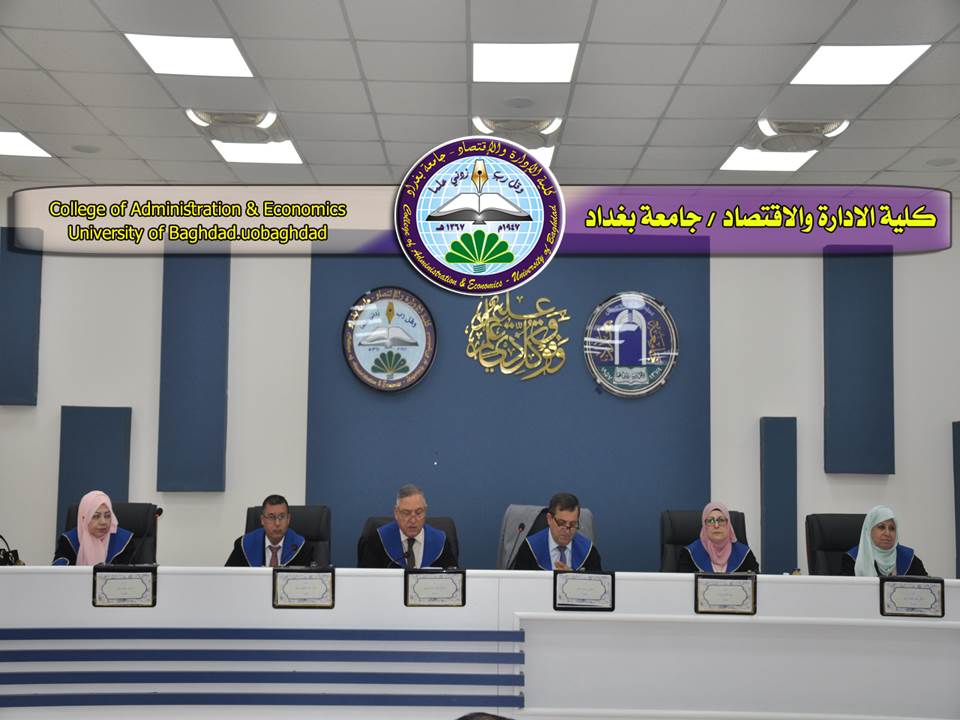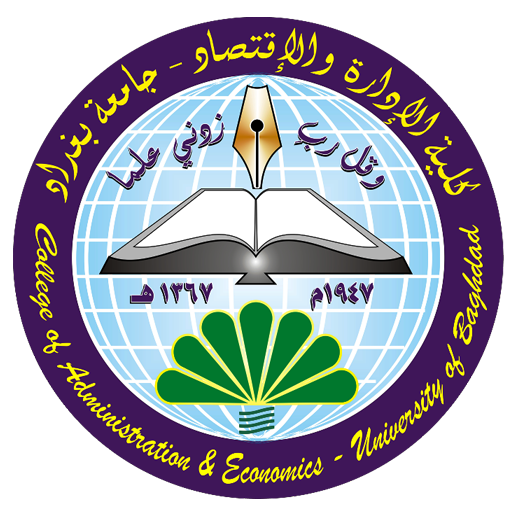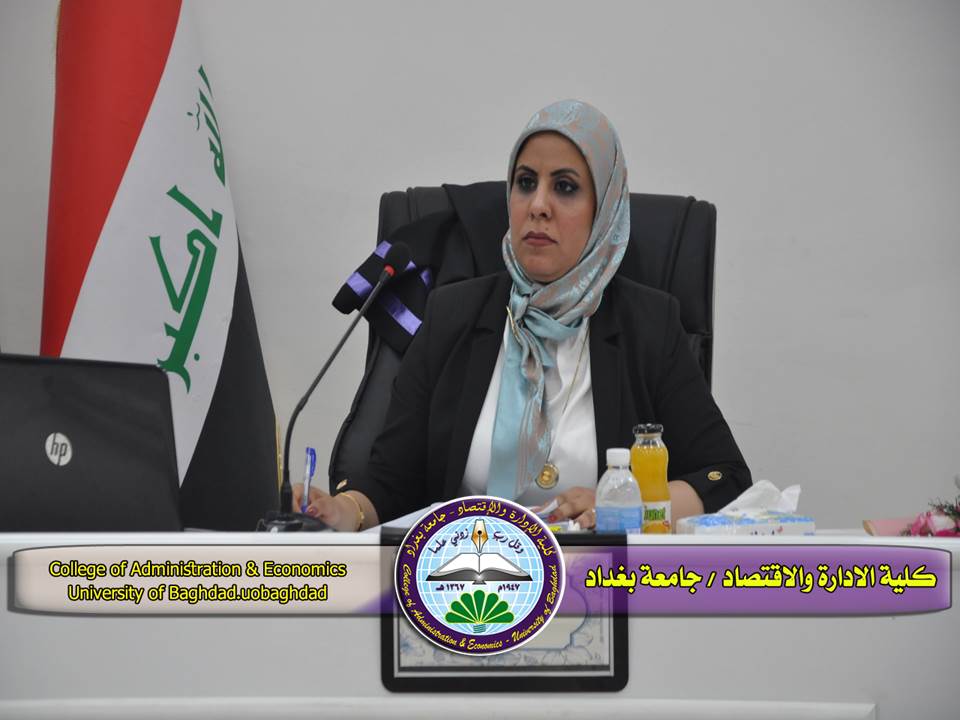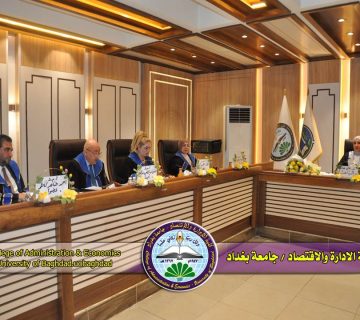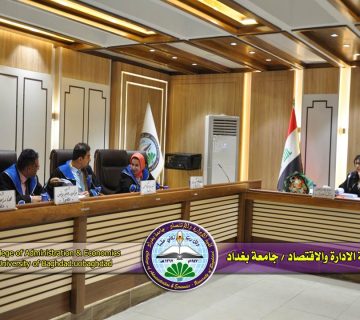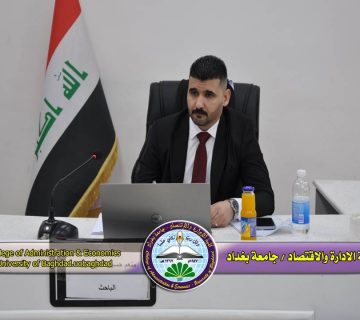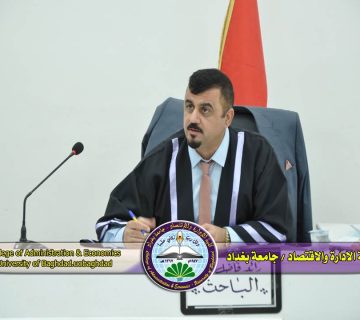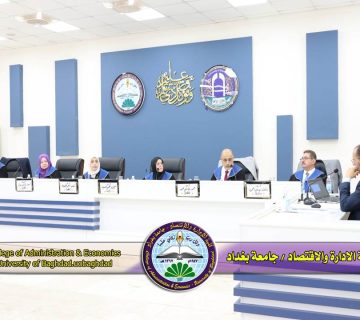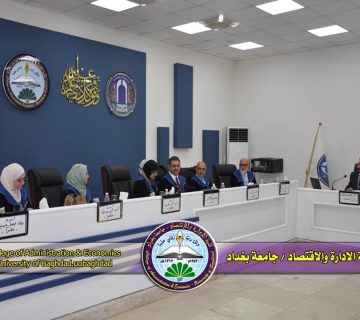The College of Administration and Economics at the University of Baghdad discussed, a PhD dissertation in field of Business Administration by the student (Abeer Asaad Dawood ) and tagged with (The Impact of Operational Excellence on Customer Experience through Quality Ambidexterity: A Field Study in the Ministry of Youth and Sports ) , Under supervision of (Prof. PhD.Eythar Abdulhadi Alfeehan )
This research aims to examine the impact of operational excellence on customer experience through quality Ambidexterity in the strategic stadiums under the management of the Ministry of Youth and Sports in Iraq. The dimensions of the Shingo model for operational excellence were adopted, including: (cultural enablers, continuous process improvement, organizational alignment, and business results). The customer experience variable includes: dimensions such as (relationships and communication, physical environment, security and safety, and technology and website). The quality Ambidexterity variable consists of dimensions such as: (quality exploration practices and quality exploitation practices).
The main research problem is summarized in the main question: Did the management of the strategic stadiums sampled in the research succeed in employing operational excellence to enhance customer experience? Did they maximize this impact through quality Ambidexterity? Given the importance of the sports sector, the strategic stadiums in Iraq were the focus of this research, with the research community chosen based on the capacity and status of these stadiums in hosting international events. The researcher conducted field visits to eight stadiums, including Al-Shaab International Stadium, Al-Basrah International Stadium, Karbala International Stadium, Najaf International Stadium, Maysan Olympic Stadium, Al-Kut Olympic Stadium, Al-Mina’a Olympic Stadium, and Al-Madina International Stadium.
The research sample consisted of 108 individuals, including stadium managers, their assistants, officials, and substitutes from the total community of 349 employees. The practical aspect included three stages: the first was evaluating operational excellence using the Shingo checklist based on the four dimensions using a scale consisting of 1000 points to determine the level of operational excellence and identify the most important gaps facing the researched stadiums. Then, the second stage involved field surveying of research variables using a questionnaire consisting of 80 items covering research variables and their sub-dimensions, as well as conducting interviews. The results of the individual evaluation dimensions of the Shingo model were compared using the checklist evaluation with the survey evaluation using the questionnaire, and it was found that the former assessment was more accurate due to the scale’s breadth, detail, and necessary evidence deduction.
Finally, the third stage involved finding significant differences in the means of responses regarding research variables for each stadium mentioned. It was found that there is convergence in the means of responses despite significant differences in the means of responses. The researcher adopted the descriptive-analytical method. After evaluating and testing the validity and reliability of the research measurement tools, the data were analyzed, and hypotheses were tested using appropriate statistical tools such as SPSS and AMOS. The research reached important results: (1) Operational excellence evaluation revealed finer details and more gaps, making it an assessment tool in the researched stadiums. (2) There is a significant effect of operational excellence on customer experience, and this effect increases through quality Ambidexterity.
